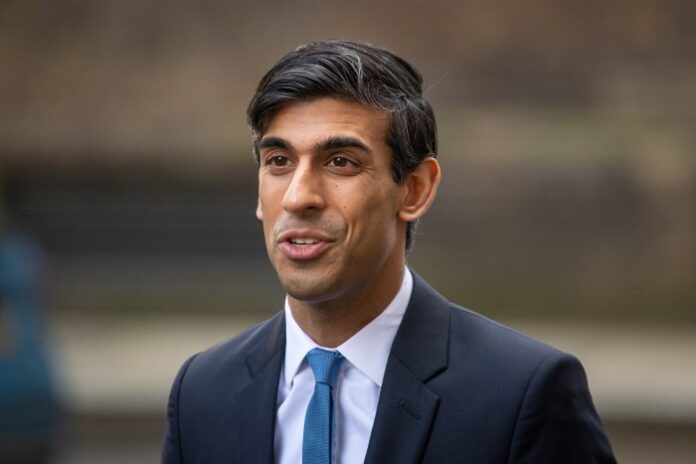

// Chancellor Rishi Sunak considering options on tapering off the government’s furlough scheme
// He is expected to announce plans next week on how to wind down the scheme from July
// Options include cutting the subsidy level and lowering the £2500 cap on monthly payments, although Treasury insists no decision made yet
Chancellor Rishi Sunak is considering his options on tapering off the government’s furlough scheme which is supporting workers staying at home during the coronavirus pandemic.
There are some concerns over the cost of the programme, with the latest UK Government figures showing 6.3 million people are having up to 80 per cent of their salaries paid by the Treasury at a cost of £8 billion.
READ MORE:
The Times reported that Sunak would announce plans next week on how to wind down the scheme from July, with options including cutting the subsidy level and lowering the £2500 cap on monthly payments.
However, Treasury sources insisted that “no decisions have yet been taken” over the scheme which was introduced to prevent firms from laying off thousands of workers during the lockdown.
Health Secretary Matt Hancock told Sky News earlier yesterday that the government must “wean off” businesses from the scheme “as the economy gets back on its feet”.
Sunak has acknowledged that the current level of expenditure was not “sustainable” in the long term but promised there will be no “cliff-edge” cut-off to the scheme.
Speaking to ITV News, he said the ministers were investigating ways to wind down the scheme currently due to run to the end of June in a “measured way”.
Labour has called for the government to make the scheme more flexible to allow people’s gradual return to work.
On the other hand, the Liberal Democrats called for a “tapered” end to the programme, with the Treasury paying 50 per cent of salaries for the first month after people return to work, falling to 30 per cent after the third month, with employers picking up the full bill after the fourth.
with PA Wires
Click here to sign up to Retail Gazette’s free daily email newsletter

